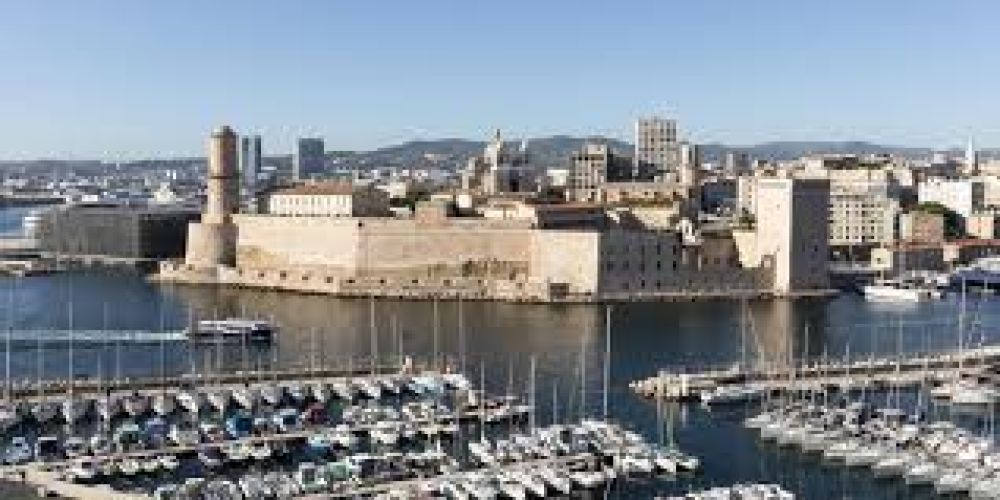

The Vieux Port, meaning 'Old Port', bears the weight of centuries of Marseille's history and has always played a pivotal role in the city's development. Here we delve into not only its rich history but also its significance in contemporary tourism.
Initially founded around 600 BC by Greek mariners, Marseille's Vieux Port has overseen the transformation of the city from a strategic trading center in the Mediterranean to a vibrant modern metropolis. The port became a focal point for commerce and navigation, seeing everything from the trade of goods from the East to the arrival of different civilizations that shaped Marseille's unique cultural tapestry.
Throughout the Middle Ages and into the Renaissance, the port continued to flourish. However, as maritime trade routes expanded and ship sizes grew, the Old Port's role evolved. It became less a hub of international trade and more of a cultural and fishing port, with larger modern facilities taking precedence further along the coast. This evolution marked the beginning of Vieux Port's journey towards tourism.
Tourism at Vieux Port began to flourish particularly during the 18th and 19th centuries, as travelers started to seek out the distinct charm of Marseille's historic center. Vieux Port's natural beauty, coupled with the allure of its cultural heritage, made it a magnet for those on the Grand Tour, the traditional trip of Europe undertaken by mainly upper-class European young men of means.
In the 20th century, with the advent of modern transportation, tourism at Vieux Port exploded. The allure of the Mediterranean lifestyle, combined with Marseille's reputation as a gateway to French culture and the Provencal region, attracted more diverse international visitors.
The turn of the 21st century saw significant investments in Vieux Port, aiming to rejuvenate its touristic appeal. One notable project is the 2013 renovation led by the famous architect Norman Foster, which provided the port with a modernist facelift while preserving its historical heritage. Foster introduced a striking mirrored canopy, known as the 'Ombrière', which has become a symbol of the modern port as well as a popular tourist attraction.
Visitors now enjoy pedestrian zones, where cars-once-dominated. A blend of contemporary art installations and historical buildings enhance its character and create a dialogue between the old and the new.
Experience-based tourism has taken the front seat in Vieux Port, with a continuous increase in the offering of cultural events, local gastronomy tours, and water-based activities reflecting the growing demand for immersive travel experiences.
Additionally, sustainable and responsible tourism is gaining traction, with local businesses and tour operators emphasizing environmentally friendly practices and community involvement. Heritage conservation efforts aim to ensure that the port's historical significance is preserved for future generations.
Smart tech solutions have also become part of the Vieux Port landscape, with the introduction of apps that provide self-guided tours, historical information, and real-time updates on cultural events, enriching the tourist experience.
The Vieux Port of Marseille continues to embrace its historical relevance while adapting to the evolving desires of modern travelers. It remains a testament to the city's enduring allure and an everlasting anchor in the heart of Marseille's tourist scene.